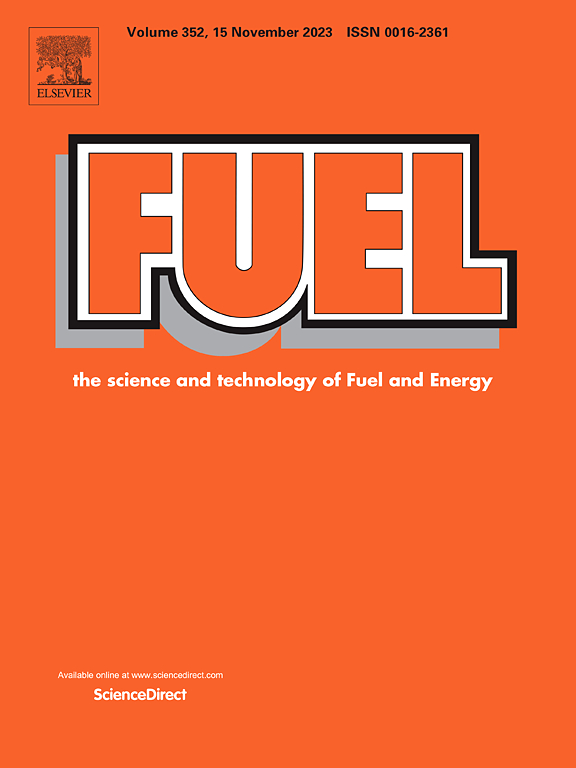Experimental investigation of the early development of spark-ignited CH4-air and C3H8-air flame kernels
IF 6.7
1区 工程技术
Q2 ENERGY & FUELS
引用次数: 0
Abstract
The performance of spark-ignited (SI) engines is highly influenced by the early flame kernel development around the spark plug, which depends on both the properties of the local fuel–air mixture and the ignition strategy. Many experimental investigations have been carried out in order to understand the phenomena controlling the formation of the plasma column between the spark plug electrodes and its subsequent evolution into a self-propagating flame, but they tend to lack critical information on the ignition and are mostly limited to near-atmospheric conditions. On the modelling side, in addition to costly numerical simulations several low-dimensional or phenomenological models have been proposed, but they usually provide insufficiently accurate results, also due to assumptions of questionable physical foundation caused by the lack of clear experimental evidence. This work aims to address these limitations, presenting the results of an extensive experimental campaign conducted using the optical spray combustion chamber (OSCC) available in the Wärtsilä laboratories. The development of spark-ignited CH4- and C3H8-air flame kernels expanding in a quiescent environment was recorded using high-speed (100 kHz) Schlieren imaging supported by mixture- and electricity-related measurements. The tests include different unburned conditions, with maximum pressures of 10 bar, and multiple ignition strategies. The results are thoroughly discussed, focusing on the impact of ignition parameters, fuel type and unburned conditions on the kernel growth from its initiation up to a radius of around 16 mm. In particular, the relative impact of breakdown and glow electrical energy is examined at changing fuel type, equivalence ratio, and thermodynamic conditions of the unburned mixture, with special emphasis on the cases experiencing flame extinction. The outcomes of this work will be also used as a basis for future advancements in the modelling of SI flame kernel development.
求助全文
约1分钟内获得全文
求助全文
来源期刊

Fuel
工程技术-工程:化工
CiteScore
12.80
自引率
20.30%
发文量
3506
审稿时长
64 days
期刊介绍:
The exploration of energy sources remains a critical matter of study. For the past nine decades, fuel has consistently held the forefront in primary research efforts within the field of energy science. This area of investigation encompasses a wide range of subjects, with a particular emphasis on emerging concerns like environmental factors and pollution.
 求助内容:
求助内容: 应助结果提醒方式:
应助结果提醒方式:


